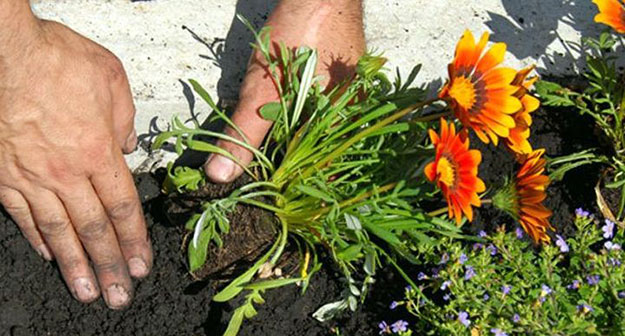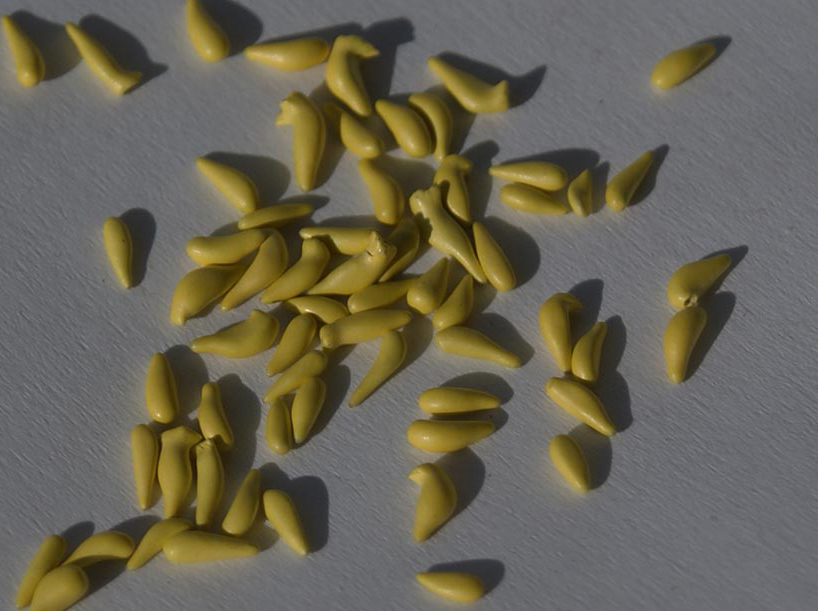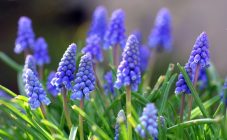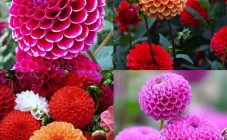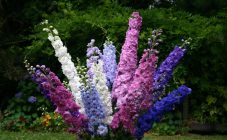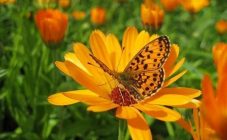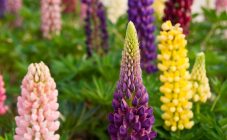Content:
Gazania, she is gatsania, today has about 40 species. The homeland of the plant is South Africa, where the flower is considered a perennial, it has been growing in one place for several years. In regions with moderate climatic conditions, the plants are not able to survive the winter, so it is grown as an annual flower. Visually, the culture is very similar to chamomile, which is why the common people called it "African chamomile". Below in more detail about the cultivation of gatsania and the features of caring for it at home.
Gazania flowers: growing, caring for perennials
Gazania is a flower, the cultivation of which is possible in almost any region of Russia, so it is of great interest to domestic gardeners. It is a perennial plant belonging to the Asteraceae family. Due to its attractive appearance and unpretentious cultivation, the plant can be found in every second garden. However, flower growers often wonder which gazania flower, perennial or annual, to give preference to. In unfavorable climatic conditions, for example, in Siberia, in the Urals, a crop can be planted exclusively as an annual. Alternatively, with the arrival of cold weather, you can transfer the plant to the house by transplanting it into an ordinary flower pot, and with the onset of warmth, return it to the open ground.
Description of the plant:
- This is a herbaceous crop, which, under certain climatic conditions, can take on the appearance of a low-growing shrub, forming a basal rosette from the leaves and stem.
- In the wild, the plant is exceptionally perennial, but modern hybrid gazanias can also be annuals.
- The plant is undersized, its height does not exceed 30 cm.
- With its attractive leaves, the flower is planted as hedges.
- The color of the leaves can be light green or dark green. As a rule, the underside of the plate is covered with hairs that protect the green mass from aggressive environmental factors.
- Visually, the inflorescences resemble chamomile. The main difference is in the size and color saturation of the flower. Also in gazania, the inflorescences are larger and richer. The diameter of single flowers can reach 5-9 cm.
- Up to 30-35 inflorescences are formed on each plant.
- In place of the faded buds, seed pods are formed.
Gazania: growing from seed
When to plant a plant in the Middle Lane? The best time to land in open ground is late May - early June. Cultivation is carried out by seed and vegetative methods.
Gazania seeds form in small boxes; they retain their germination for 2 years. Subject to the rules of planting, the plant blooms 3-4 months after the first shoots appear.
You need to sow the planting material one at a time in February or March, the interval between the holes should be approximately 3 cm, so that you do not have to dive later.After immersion in the ground, the seeds are sprinkled with a small layer of earth, irrigated with clean water at room temperature and covered with agrofibre or polyethylene material.
The container with the planting material should be in a warm place where the air temperature is at least 20 ° C. Growing healthy seedlings, even suitable for sale, requires daily ventilation of the room where the pots are located. If you do everything correctly, the first shoots will appear in 2 weeks.
Cultivation of the culture is possible by cuttings. Disembarkation takes place in July. To do this, you will need to cut off parts of the stem with a sharp knife so that the length of each is at least 10 cm. The lower leaves are removed, and the cut site is treated with a root. After the cuttings are planted in previously prepared containers with soil, watered and covered. The plant is transferred to the flower garden in March.
Gazania: planting and care in the open field
You can plant flowers directly in soil or flower pots. Landing features:
- First of all, you need to choose a planting site, thoroughly loosen the soil, and also make planting holes of the optimal size (2 times larger than the volume of the roots).
- Drainage needs to be done at the bottom of the groove. It is recommended to use expanded clay, broken brick, pebbles and gravel as it. This will prevent the accumulation of excess moisture, which inevitably leads to decay of the root system and the development of diseases.
- After planting, the earth is carefully tamped and watered.
- The spacing between plants should be about 20-30 cm.
- Sprinkle the soil near the plant with a layer of mulch, which will inhibit the growth of weeds, and also prevent the soil from drying out.
Gazania is a picky culture, but to ensure long and lush flowering, you will still need to follow several agrotechnical rules.
Why gazania does not bloom and how to collect its seeds
This plant is drought-resistant, therefore it does not need frequent watering, but waterlogging will adversely affect its growth and flowering. With an interval of 2-3 weeks after watering, it is recommended to thoroughly loosen the soil, removing weeds. But you need to be careful, since the root system of gazania is pivotal, so it is easy to damage it. You can fertilize the plant no more than 1 time per month. For these purposes, complex mineral fertilizers have proven themselves well.
How to collect gazania seeds
After flowering, seed boxes are formed, which must be cut from the stem. Next, they must be thoroughly dried, folded into rag bags and stored at room temperature.
It will not be difficult to grow an African chamomile on your personal plot. If you first purchase high-quality seeds, properly prepare them for planting, plant and, accordingly, take care of the seedlings, then the lush bloom of gatsania will not keep you waiting long!


